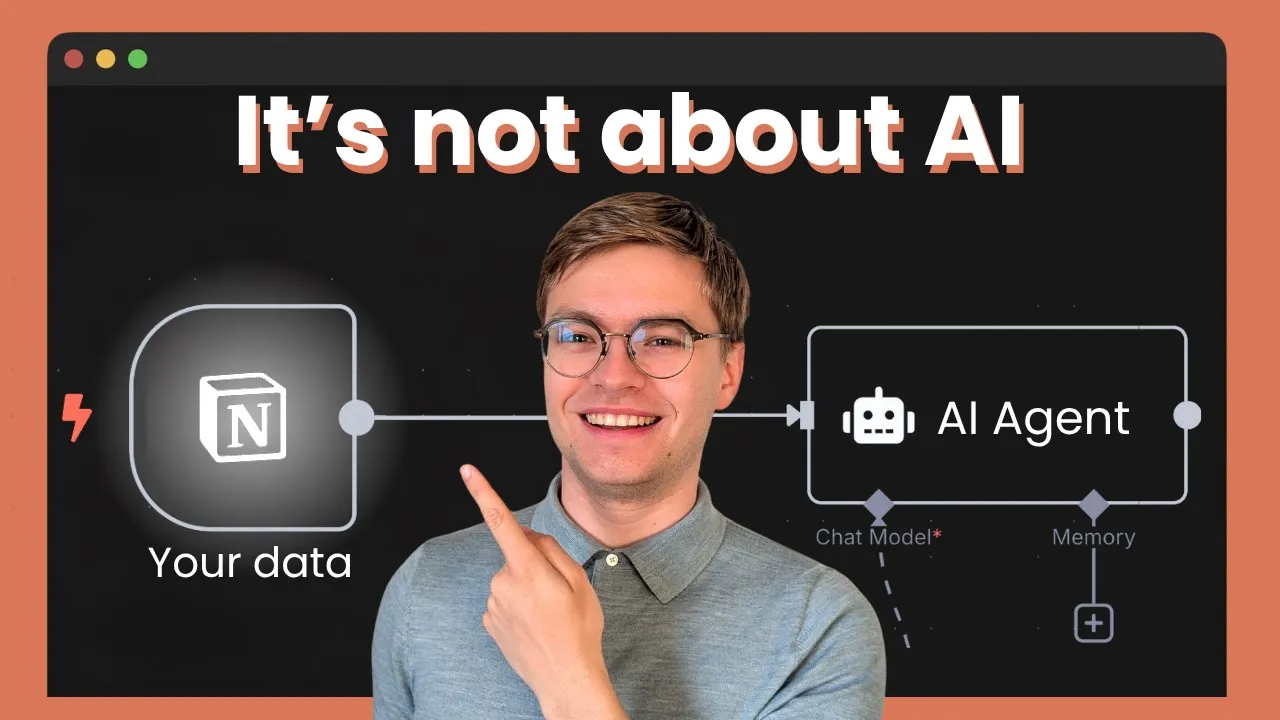Ethical AI Content Automation Best Practices Guide
There’s a clear line between automators who create value and spammers who create noise. As AI tools make content creation effortless, this distinction becomes crucial. The difference isn’t in the tools they use—both might use the same AI models and automation platforms. The difference lies in their approach, their inputs, and most importantly, their respect for the audience they’re trying to reach.
Defining the Real Automator
Real automators understand that automation is about efficiency, not avoidance. They use AI to amplify their existing expertise, not to fake expertise they don’t have. Their automation workflows start with valuable inputs—real insights, genuine experience, unique perspectives—and use AI to transform these into different formats or reach wider audiences. This approach requires building sophisticated AI agent systems that can process complex inputs while maintaining quality standards.
A real automator’s content could theoretically be created manually; the automation just makes it feasible to do at scale. They’re not trying to generate something from nothing. They’re taking their valuable knowledge and using technology to share it more effectively. Every piece of automated content can be traced back to real substance.
The Spammer’s Shortcut Mentality
Spammers, by contrast, see AI as a way to create content without having anything to say. They focus on volume over value, quantity over quality. Their workflows typically start with generic prompts and minimal input, relying on AI to generate both the ideas and the execution. The result is content that adds to the internet’s noise without contributing anything meaningful.
The spammer’s mentality is fundamentally extractive. They want to extract attention, extract traffic, extract conversions—all while contributing nothing of value in return. They see content as a numbers game where more is always better, regardless of whether that content deserves to exist.
The Input Quality Principle
The clearest distinction between automators and spammers lies in their inputs. Real automators feed their systems with rich, unique data—transcripts of their presentations, documentation of their experiences, insights from their work. They understand that AI can transform quality inputs into quality outputs, but can’t create quality from nothing. This often involves implementing RAG systems that can retrieve and contextualize their personal knowledge base effectively.
Spammers feed their systems with the bare minimum—a topic, maybe a few keywords, perhaps some SEO requirements. They expect AI to do all the heavy lifting, to generate insights and expertise from thin air. This fundamental misunderstanding of how AI works dooms their content to mediocrity.
The Audience Respect Factor
Real automators respect their audience’s time and intelligence. They understand that every piece of content represents a value exchange—the reader’s attention for the creator’s insights. They ensure this exchange favors the reader by only publishing content that provides genuine value.
Spammers view audiences as targets to be captured rather than people to be served. They optimize for clicks, not comprehension. They measure success by traffic, not by whether readers actually benefited from the content. This disrespect shows through in every generic paragraph and meaningless conclusion.
The Personal Brand Consideration
When you publish under your own name, you’re putting your reputation behind every piece of content. Real automators understand this responsibility. They maintain standards that protect their credibility. They ensure automated content represents their actual views and expertise. They can stand behind everything published in their name.
Spammers often hide behind anonymous brands or use automation to manage multiple personas. They have no personal stake in the content’s quality because they’re not really putting themselves behind it. This detachment enables the kind of low-quality mass production that pollutes the internet.
The Sustainability Test
Real automation creates sustainable value. It builds audience trust over time. Readers come to expect quality and aren’t disappointed. The automation enhances the creator’s ability to serve their audience without compromising standards. This sustainability creates compound benefits—growing audience, increasing trust, expanding influence.
Spam automation is inherently unsustainable. It might generate short-term traffic spikes, but it destroys long-term value. Readers learn to avoid the source. Search engines penalize the content. The creator has to constantly chase new tactics as old ones stop working. It’s a race to the bottom that nobody wins.
Building Ethical Automation Practices
Creating ethical AI automation starts with clear principles. Only automate content you could create manually. Only publish content that provides real value. Only use AI to transform your expertise, not replace it. These principles seem limiting, but they’re actually liberating—they free you from the spam treadmill and let you focus on creating lasting value.
Ethical automation also means transparency. Be clear about your process. Show how your automated content connects to your real expertise. Let readers understand that while AI helps with production, the insights and value come from human knowledge and experience.
The Future of Content Creation
As AI tools proliferate, the gap between real automators and spammers will only grow wider. Spammers will produce ever more generic content, while real automators will find increasingly sophisticated ways to share valuable expertise. Audiences will become better at distinguishing between the two, rewarding value creators and ignoring spammers.
The choice of which path to take isn’t just about immediate results—it’s about building a sustainable presence in an AI-saturated world. Real automators build assets that appreciate over time. Spammers build liabilities that eventually collapse. The tools are the same, but the outcomes couldn’t be more different.
To see practical examples of ethical automation in action and learn how to build systems that create real value, watch the full video tutorial on YouTube. I demonstrate the concrete differences between automation that serves audiences and automation that exploits them. Ready to become a real automator? Join the AI Engineering community where we focus on building sustainable, value-creating systems that respect both creators and audiences.

